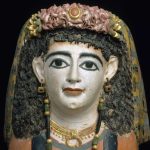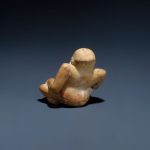The Sealed Burial: Unlocking the Greatest Mystery of Genghis Khan
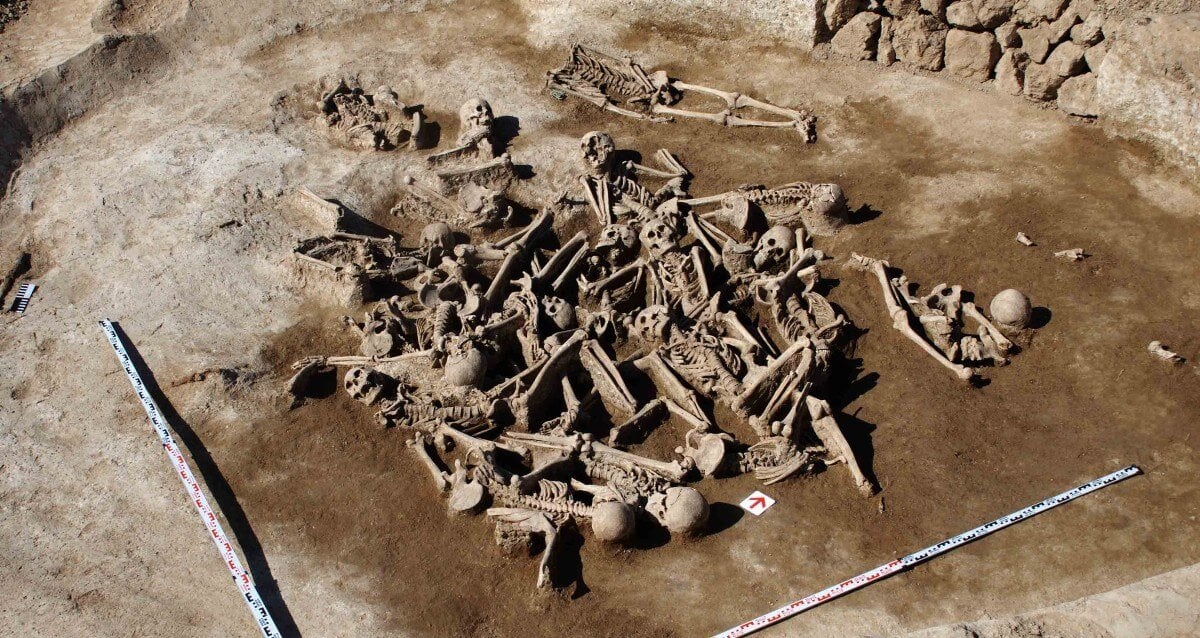
In the vast, unforgiving silence of Mongolia’s Khentii province—a region where history itself seems to slumber—a road construction crew inadvertently awakened one of humanity’s deepest historical enigmas. While laying pavement, their machinery struck stone. Beneath the dirt, a sealed burial chamber was unearthed. The 800-year silence was broken, revealing what lay within: dozens of human skeletons, testifying to a massive sacrifice, alongside even more horse remains, symbolizing the Mongol’s unmatched cavalry power.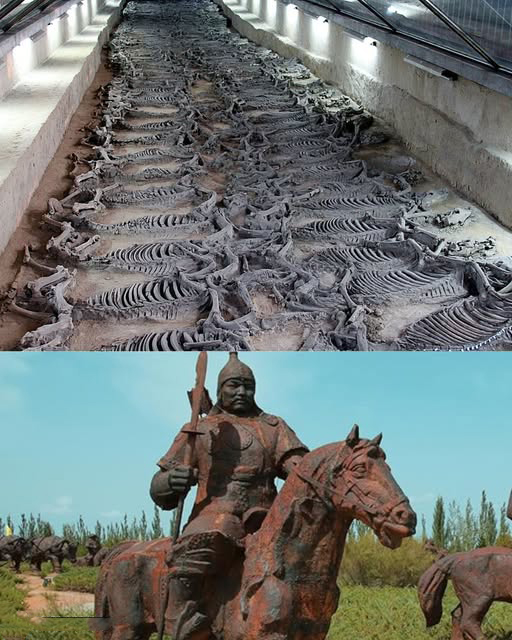
And at the very center, one figure was interred in absolute wealth: a figure shrouded in gold. Surrounding him were relics of power: ancient weapons, battle armor, and coins from far-flung lands—all evidence of an uncontested authority. Carbon dating places the burial squarely between 1215–1235 CE, the apex of Genghis Khan’s reign, the man who forged the largest contiguous land empire the world has ever seen.
The lore surrounding the Great Khan’s death and final resting place is as legendary as his conquests. It is believed he wished to be buried unknown, and to preserve this secret, all who built the grave were reportedly killed, and rivers were even said to be rerouted to completely erase the site. For 800 years, the secret has held fast, defying the efforts of explorers and archaeologists worldwide.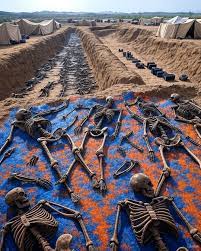
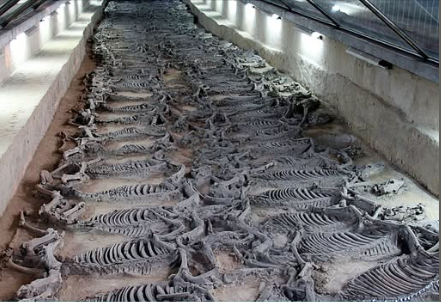
Now, the chance intersection of modern road paving has brought this secret to the surface. If this gold-clad burial is indeed Genghis Khan’s final resting place, the find would be seismically significant. It would not only offer unprecedented insights into the burial rites and personal wealth of one of history’s most powerful figures but would unlock new understandings of his philosophy and vision. This discovery is not merely about finding a tomb; it is about pulling back the veil on humanity’s greatest historical mystery, forcing us to confront and clearly see the ghost king who reshaped the world.


